ELECTRONICS PRODUCTION
The objective of this week is to know the features and components to make a printed circuit board (
1. Group Assignment
Characterize the design rules for your PCB production process.
1.1 Characterize your PCB router machine
For the manufacture of board, we made it in a "Roland Modela MDX-20"
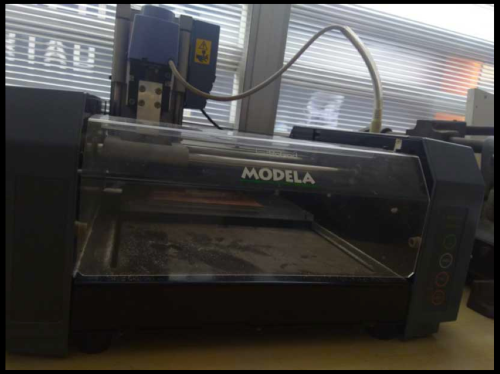
_
The first thing that had to be done in this machine, is to place the card and place the milling cutter (depending on the size to be made) we use the diameter 0.1mm.

Then you have to calibrate the "X" and "Y" coordinates. Then the "Z" coordinate of the machine, it will be possible to calibrate with the help of a sheet of paper that passes between the strawberry and the card.
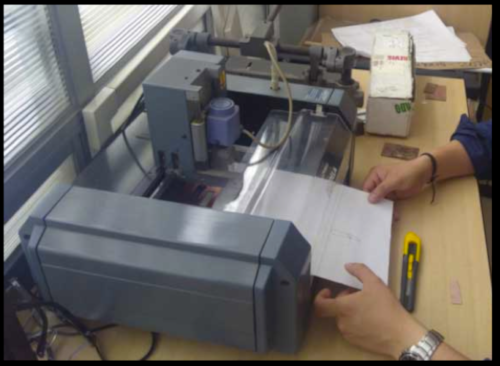
_
The
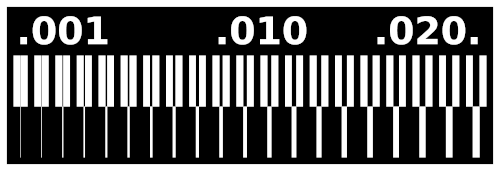
_
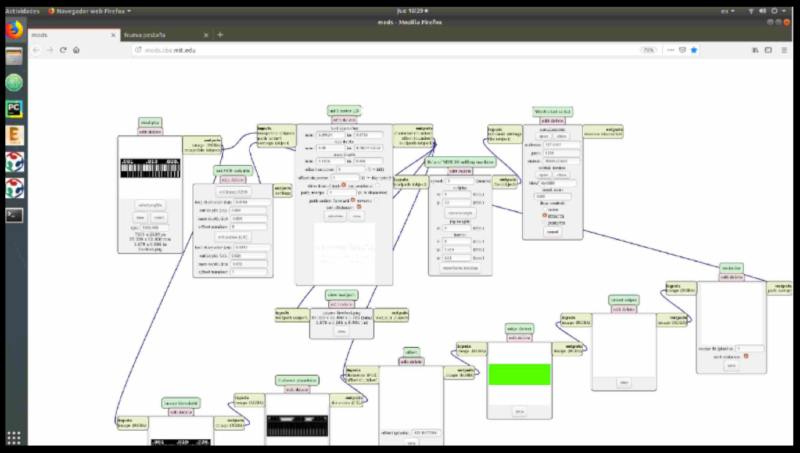
_
1.2 Board Test
Once the card was machined we could observe the characteristics of each stroke according to its thickness. For strokes less than 0.001mm thick, the risk of detachment is greater.
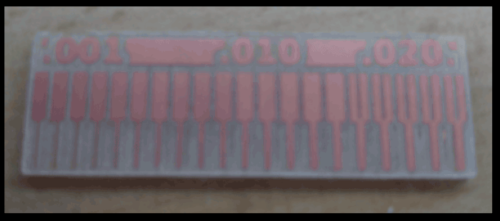
_
2. Individual Assignment
Make an in-circuit programmer by milling the PCB,program it, then optionally try other PCB processes
2.1 INTRODUCTION
A printed circuit board (
2.1.1 Make a in circuit programmer (ISP)
In-system programming (
For this week I chose
The components that I used were:
- ATtiny45 (1UND).
- 1kΩ resistors (2UND).
- 499Ω resistors (2UND).
- 49Ω resistors (2UND).
- red LED (1UND).
- green LED (1UND).
- 100nF capacitor (1UND).
- 2x3 pin header (1UND).
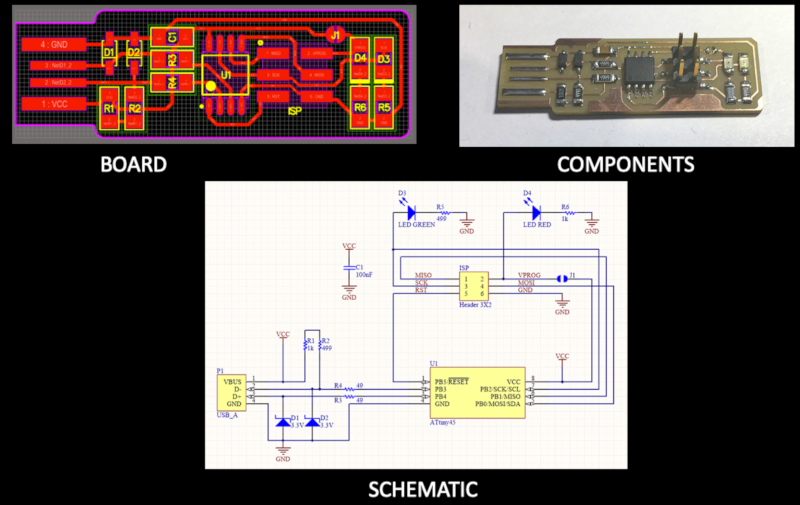
_
2.1.2 ATtiny25 / ATtiny45 / ATtiny85
ATtiny (also known as TinyAVR) are a subfamily of the popular 8-bit AVR microcontrollers, which typically has fewer features, fewer I/O pins, and less memory than other AVR series chips. The first members of this family were release in 1999 by Atmel.Check "
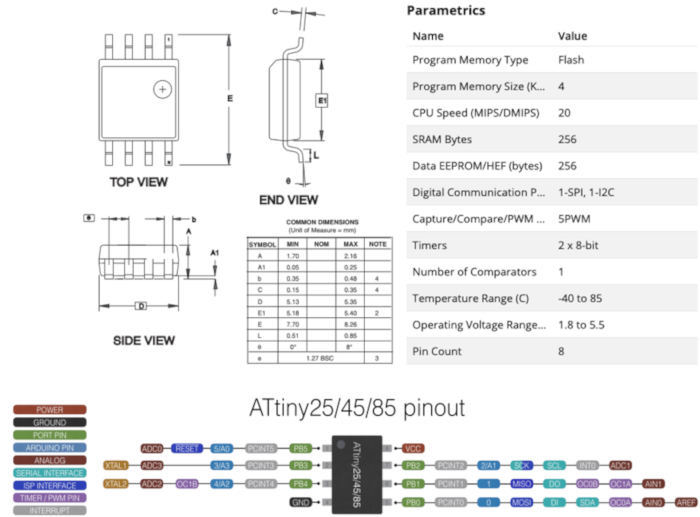
_
2.1.3 Millig the PCB
First, tape must be attached to the copper board. Then the drill must be chosen for the machining of the boards's tracks. (0.1mm)
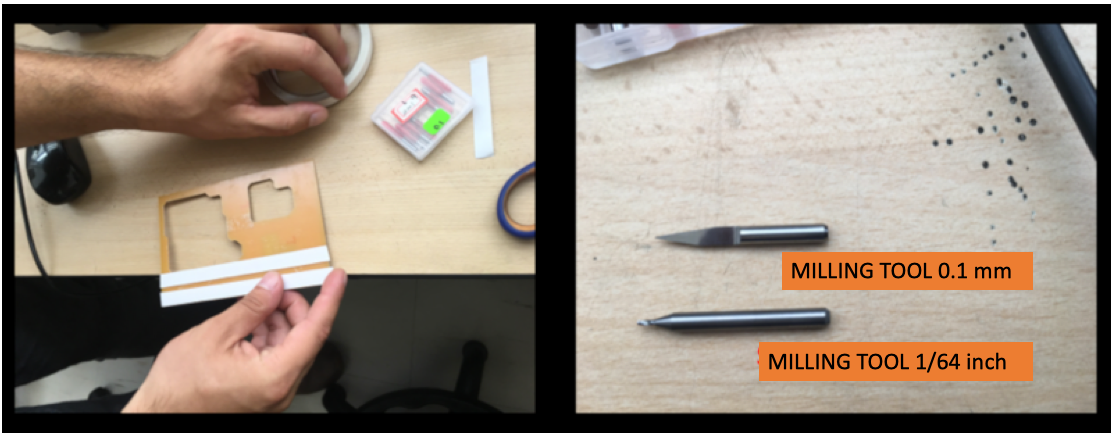
_
I used the following graphics of the borad trokes.(
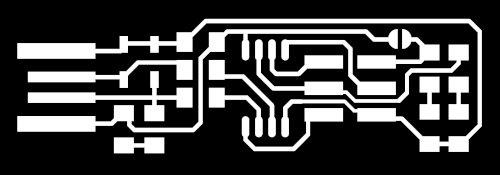
_

_
After placing the plate and the strawberry. We open the
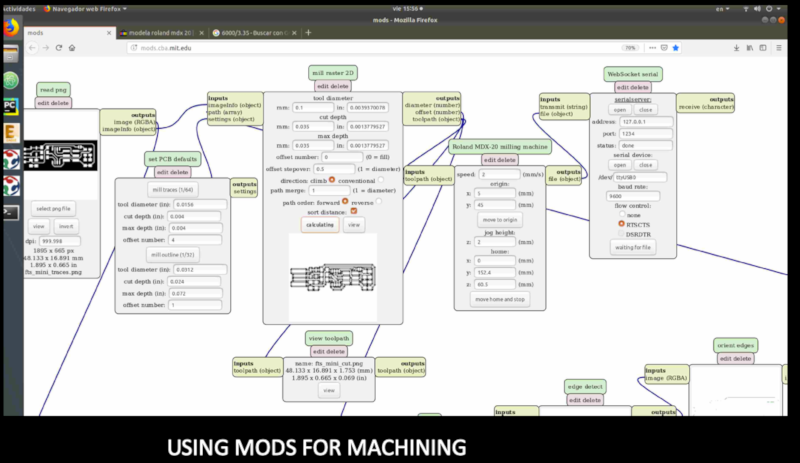
_
Once the machining is finished. We obtain the following:
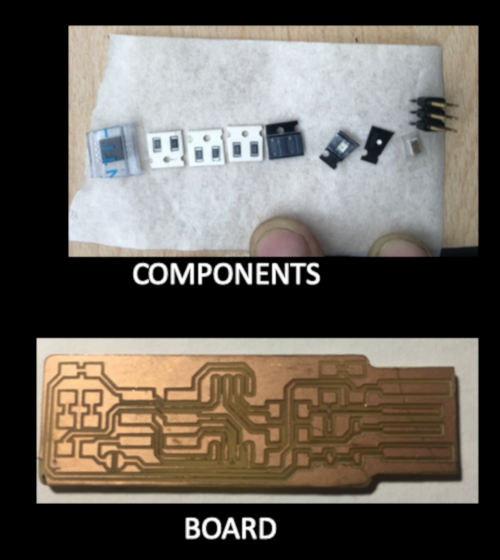
_
After I welded all the components, I got the finished plate.
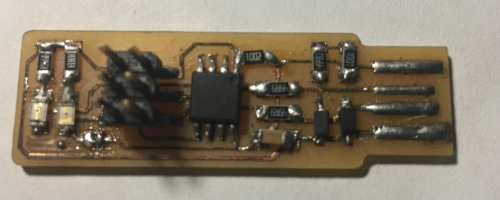
_
2.2 Programming the Programmer
I used the LINUX operating system, to be able to program the ISP programmer (
The following extension is typed through the terminal:
$ sudo apt install avrdude gcc-avr avr-libc make
This will generate a HEX file (which is a file used for the transfer of microcontrollers)
Then I connected the card to the USB connection of the PC and at the same time AVRISP, through the ISP terminals (2X3 pins).
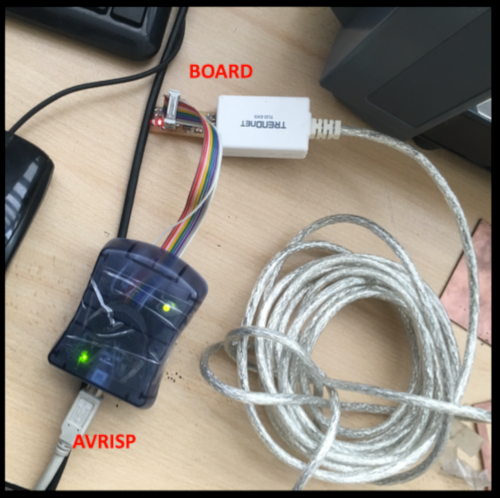
_
Then type the following codes:
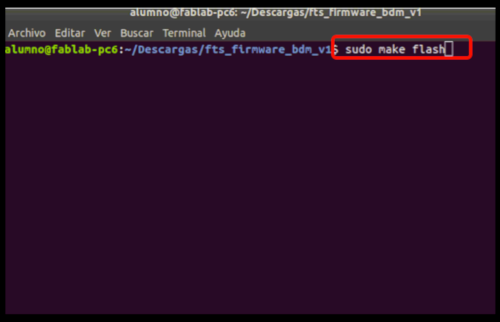
$ sudo make clean
$ sudo make flash
$ sudo make fuses
Finally, this command loads the firmware to our programmer.
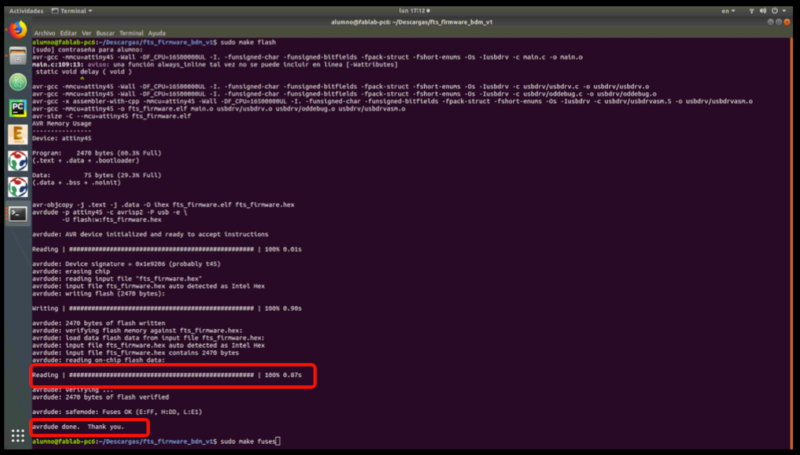
_
SELF EVALUATION
WHAT WORKED:
- It was possible to carry out the machining of the board.
- Se pude lograr tener cominicación del programador con la PC através de AVRISP.
WHAT DID NOT WORK:
- I could only record the microcontroller through LINUX. I could not do the programming in MAC or Windows.
THINGS TO IMPROVE:
- Make better use of my time
Contact Me
Feel free to contact me via email or phone.
 FabAcademy 2019
FabAcademy 2019